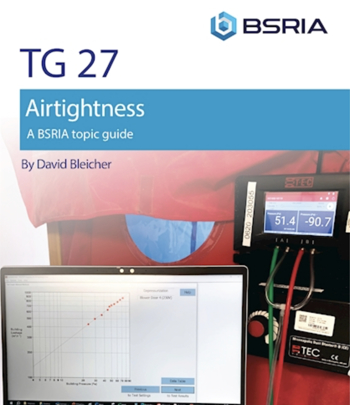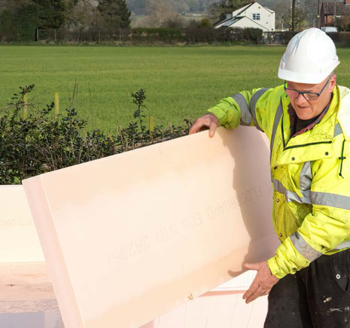Unit rate estimating
Contents |
[edit] Introduction
Unit rate estimating is a method that can be used to calculate building costs. In unit rate estimating the prices of items on the bill of quantities are each calculated separately. An alternative method of estimating is operational rate estimating, in which a distinct parcel of work is priced as a package.
[edit] Unit rate
A price is calculated for each item in the bill in isolation to the rest of the works. The estimator will take into consideration the following factors:
[edit] Labour costs
To calculate the labour cost, the estimator will establish the ‘all-in ‘rate per hour, which may include standard hourly rate of wages and hourly calculated ‘on costs’ consisting of:
- Overtime payments.
- Holiday payments.
- Travel and fares.
- Sickness and injury benefits.
- Retirement and death benefits.
- Tool allowance.
- Guaranteed work week allowance.
- CITB levy.
- Employers insurance liabilities.
- Any other employer-paid benefits.
The estimator will also need to establish the number of productive hours by estimating the allowable hours worked per week taking into consideration the seasons, sickness allowance and holidays. They can then estimate the effective working hours per working week.
The labour constant can be difficult to estimate due to variances in output. Historical data can help to estimate this as accurately as possible. The National Joint Council for the construction industry provides the working rules and standards that can be used to help calculate hourly rates.
[edit] Materials
The ‘all in rate’ for materials can be calculated as follows:
- Supplier/purchasing rate.
- Transportation costs.
- Storage costs.
- Waste allowance – depending on the material. An allowance of 10% is usually applied.
The material unit rate can be complicated to estimate. The unit rate at which contractors will purchase materials can be different from the way units are measured in the bill of quantities. An example can be the purchase of sand which may be bought from suppliers by the tonne. The bill of quantities measurement for sand may be quantified in cubic meters. The estimator will have to convert the merchant’s rate to follow the bill requirements.
[edit] Plant
To calculate the unit rate of plant the estimator will have different calculations for plant owned by the contractor to plant that is hired in. A contractor that owns their own plant will calculate the ‘all in’ plant rate by looking at the operating cost and the fixed costs.
Operating cost will consist of:
- Fuel.
- Operator wages.
- Other consumables – e.g. fuel.
Fixed cost will consist of:
- Capital cost for purchasing plant.
- Maintenance cost.
- Tax and insurance.
- Expected operating life.
- Overhead costs including storage and administration.
To establish the hourly rate the estimator will have to calculate the output performance of the plant. The performance of the plant will be influenced by factors on-site such as weather and site conditions which can be unique for each project.
The items captured by the estimator for unit rates can include further calculations for preliminaries and profit and overheads. This will depend on the structure of the bill of quantities and might be separated in different sections in the bill or added onto the unit costs.
[edit] Related articles on Designing Buildings Wiki:
- Approximate quantities cost plan
- Bills of quantities.
- Budget.
- Capital.
- Contract sum.
- Cost control.
- Cost engineering.
- Cost information.
- Cost plan.
- Elemental cost plan.
- Estimate.
- Estimating
- Estimator.
- Initial cost appraisal.
- Measurement.
- New Rules of Measurement.
- Order of cost estimate.
- Overheads.
- Operational rate estimating
- Pre-tender estimate.
- Tender cost.
- Top down and bottom up estimating.
[edit] External references
- Quantity Surveyor's Pocket Book by Duncan Cartlidge.
Featured articles and news
Building Safety Regulator reforms
New roles, new staff and a new fast track service pave the way for a single construction regulator.
Cooling centres and cool spaces
Managing extreme heat in cities by directing the public to places for heat stress relief and water sources.
Winter gardens: A brief history and warm variations
Extending the season with glass in different forms and terms.
Restoring Great Yarmouth's Winter Gardens
Transforming one of the least sustainable constructions imaginable.
Construction Skills Mission Board launch sector drive
Newly formed government and industry collaboration set strategy for recruiting an additional 100,000 construction workers a year.
New Architects Code comes into effect in September 2025
ARB Architects Code of Conduct and Practice available with ongoing consultation regarding guidance.
Welsh Skills Body (Medr) launches ambitious plan
The new skills body brings together funding and regulation of tertiary education and research for the devolved nation.
Paul Gandy FCIOB announced as next CIOB President
Former Tilbury Douglas CEO takes helm.
UK Infrastructure: A 10 Year Strategy. In brief with reactions
With the National Infrastructure and Service Transformation Authority (NISTA).
Ebenezer Howard: inventor of the garden city. Book review.
The Grenfell Tower fire, eight years on
A time to pause and reflect as Dubai tower block fire reported just before anniversary.
Airtightness Topic Guide BSRIA TG 27/2025
Explaining the basics of airtightness, what it is, why it's important, when it's required and how it's carried out.
Construction contract awards hit lowest point of 2025
Plummeting for second consecutive month, intensifying concerns for housing and infrastructure goals.
Understanding Mental Health in the Built Environment 2025
Examining the state of mental health in construction, shedding light on levels of stress, anxiety and depression.
The benefits of engaging with insulation manufacturers
When considering ground floor constructions.
Lighting Industry endorses Blueprint for Electrification
The Lighting Industry Association fully supports the ECA Blueprint as a timely, urgent call to action.





















